Savvy Savings Moves to Make Now – Or You Could Lose Thousands
Despite a rate cut and inflation, these moves can still help you reach your savings goals quickly.
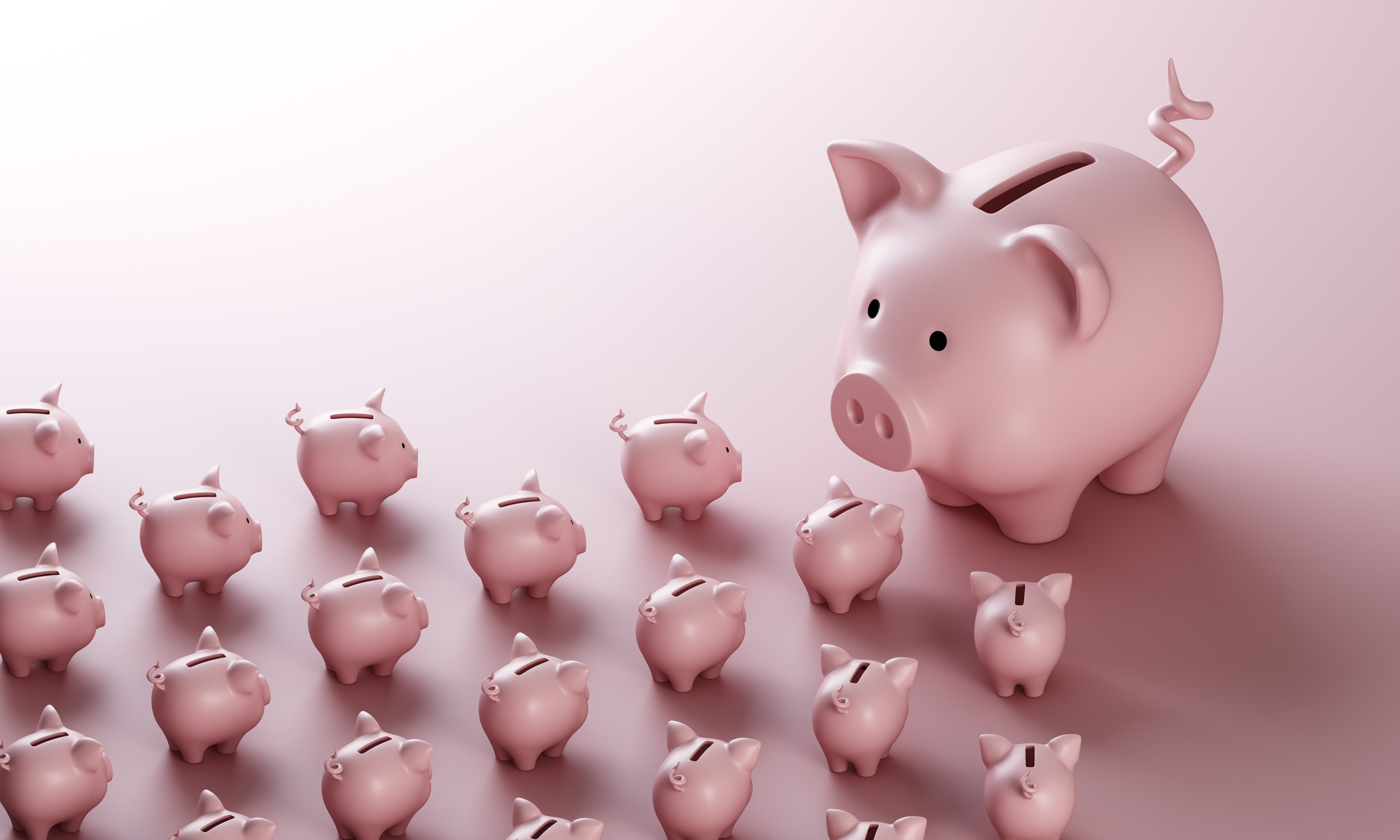

If you noticed that you're not earning as much on your savings accounts, you're not alone. Lower savings and CD rates will likely continue.
The Federal Reserve didn't like the job numbers, prompting it to cut rates for the first time this year at its September meeting. They are expected to meet again later this month, with the markets anticipating another quarter-point rate cut.
As you know, when the Fed cuts rates, the APYs on all savings accounts decrease. However, even with rate cuts, there are smart options to grow your money and stay ahead of inflation.
From just $107.88 $24.99 for Kiplinger Personal Finance
Become a smarter, better informed investor. Subscribe from just $107.88 $24.99, plus get up to 4 Special Issues

Sign up for Kiplinger’s Free Newsletters
Profit and prosper with the best of expert advice on investing, taxes, retirement, personal finance and more - straight to your e-mail.
Profit and prosper with the best of expert advice - straight to your e-mail.
I'll show you a simple two-step savings strategy that can help you reach your savings goals. And if you time it just right, you won't lose money.
Build an emergency base with high-yield savings
Even with lower APYs, high-yield savings accounts still help you earn a return that outpaces inflation. This is important because you might not be in a position where you're comfortable tying up money for years in a CD.
And that's one of the perks of a HYSA. They offer you access when you need it without having to pay early withdrawal fees. However, one critical aspect to note moving forward is that these accounts have variable interest rates.
The Fed is likely to cut rates at its next meeting, which could cause these yields to slip a bit and reduce your earning power. That said, they still make a great account if you're looking to build an emergency fund or just want quick access to your cash.
Explore and compare some of today's best rates quickly using the Bankrate tool below:
Before opening an account, here's a checklist on how to approach this:
- Search for no-fee options, as they typically don't require minimum balances or deposits.
- Switch your checking account to the online bank you use for HYSA. I use Sofi's checking and savings accounts, which allow me quick access to my cash if I need it.
- Refrain from using local banks unless they have savings incentives, such as bonuses for opening an account. Most won't offer returns anywhere near what you can receive with an online bank, and some of these accounts come laden with fees.
- Once you have a comfortable emergency savings built up, be ready to switch strategies.
CDs remain the best risk-free option for established savers
Meanwhile, if you have built a healthy emergency fund and want a risk-free place to park your funds, consider a certificate of deposit.
Why? Because it features fixed rates. Say you sign up for a one-year CD today. Even if the Fed cuts rates two more times, it's not going to impact you. This is integral if you're looking to maximize your earnings.
Explore some of today's best CD rates using this Bankrate tool:
Similar to HYSAs, there are a few things to consider with CDs:
- If you haven't used one before, start with one with a shorter maturity term. CD terms can be as short as a month, helping you determine if your cash flow can handle it.
- Banks base prepayment penalties on your CD length. It means a five-year CD could have early withdrawal penalties of six months to a year of interest earned. Only sign up for one of these if you feel comfortable not having cash until the maturity date.
- Many banks auto-renew CDs. Therefore, set a reminder a week or two before the maturity date, so you have time to determine where you want to put the money next.
- CDs work best only after you've reached or are on course to reach your investing and emergency savings goals.
How much do rate cuts impact earnings?
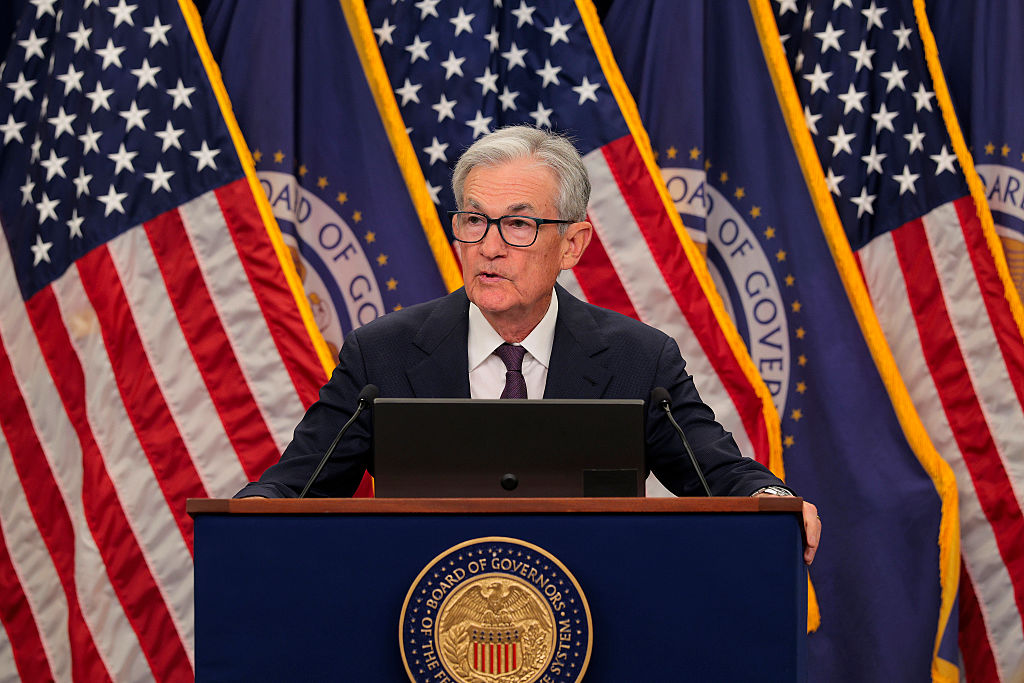
I've been watching savings and CDs since the Fed's September announcement, and for the ones that have changed, the dip has been between 0.10%-0.30% APY.
If you're a short-term saver, it's not going to impact your earnings as much as, say, someone wanting a five-year CD.
On this end, the longer you plan to use a CD, the more at risk you are to lose money if you don't lock it in before the next rate cut.
For example, a $50,000 deposit in a five-year CD at 4.00% APY earns you $10,832.65. However, if you wait for a few rate cuts to happen at the October and December Fed meetings, that APY could dip as low as 3.50%.
At this rate, for five years, you'd earn $9,384.32, a loss of $1,488.33. Therefore, timing matters substantially when you choose to lock in a CD.
Overall, now is the time for established savers to capitalize on higher CD rates. Doing so ensures you maximize your returns with higher rates before the next Fed meeting later this month.
Conversely, if you need to build your savings, a high-yield savings account is still the smart play. You'll earn rates above 4%, and even with future rate cuts, your earnings keep you ahead of inflation.
Related content
Profit and prosper with the best of Kiplinger's advice on investing, taxes, retirement, personal finance and much more. Delivered daily. Enter your email in the box and click Sign Me Up.
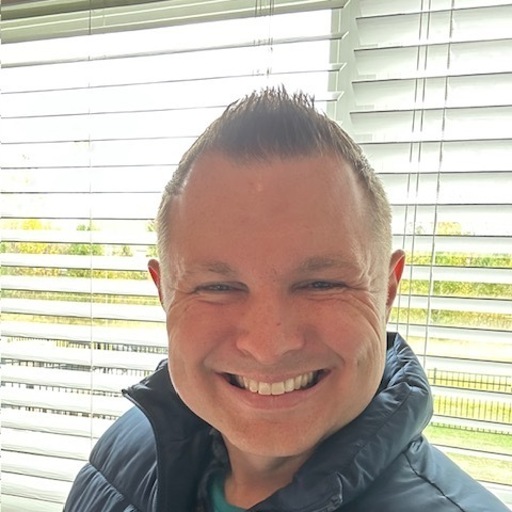
Sean is a veteran personal finance writer, with over 10 years of experience. He's written finance guides on insurance, savings, travel and more for CNET, Bankrate and GOBankingRates.
-
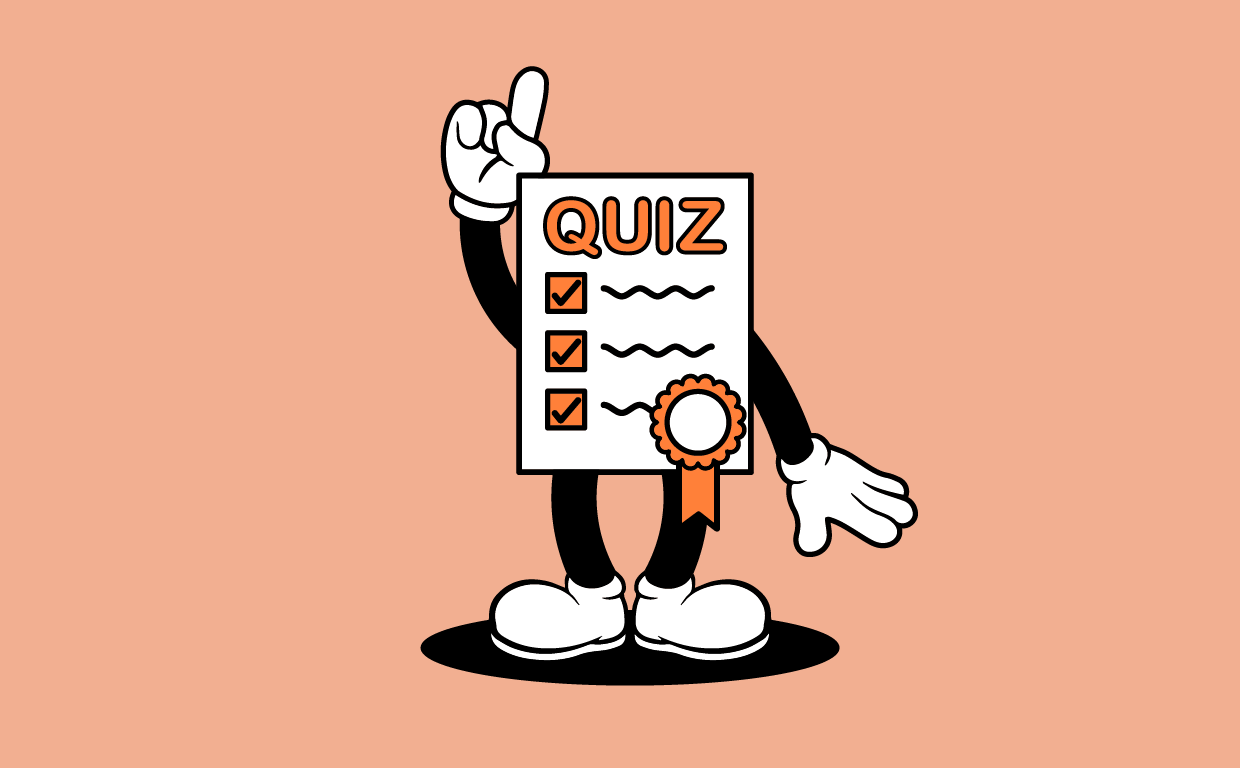 Original Medicare vs Medicare Advantage Quiz: Which is Right for You?
Original Medicare vs Medicare Advantage Quiz: Which is Right for You?Quiz Take this quick quiz to discover your "Medicare Personality Type" and learn whether you are a Traditionalist, or a Bundler.
-
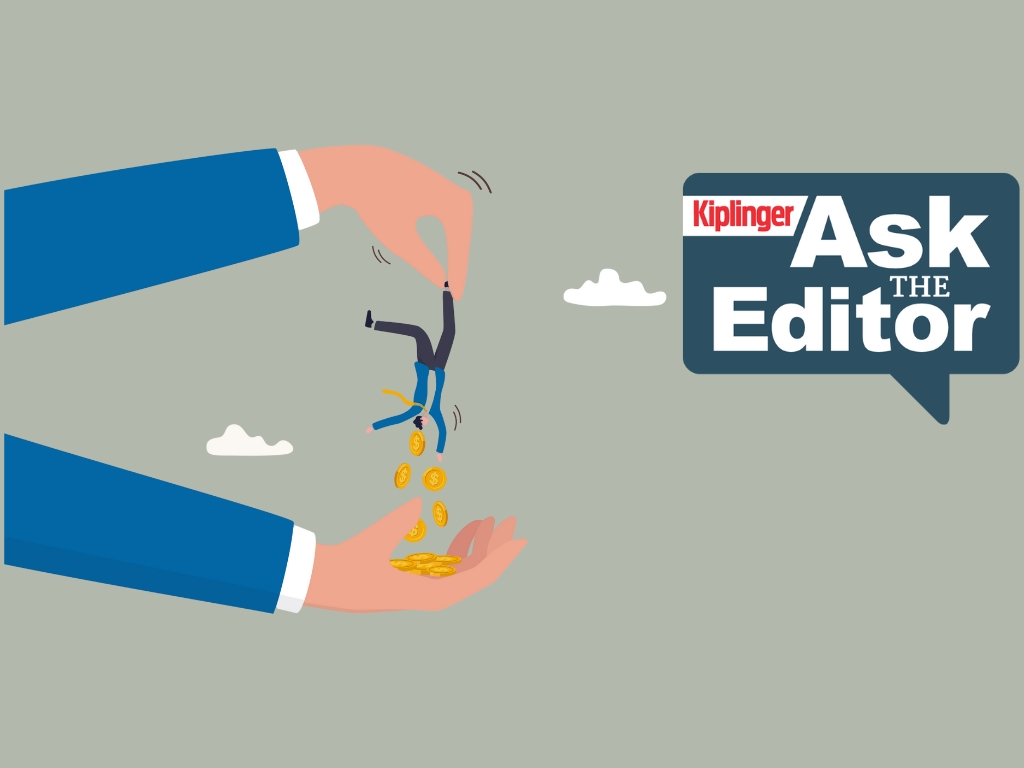 Ask the Editor: Capital Gains and Tax Planning
Ask the Editor: Capital Gains and Tax PlanningAsk the Editor In this week's Ask the Editor Q&A, Joy Taylor answers questions on capital gains tax rates and end-of-year tax planning
-
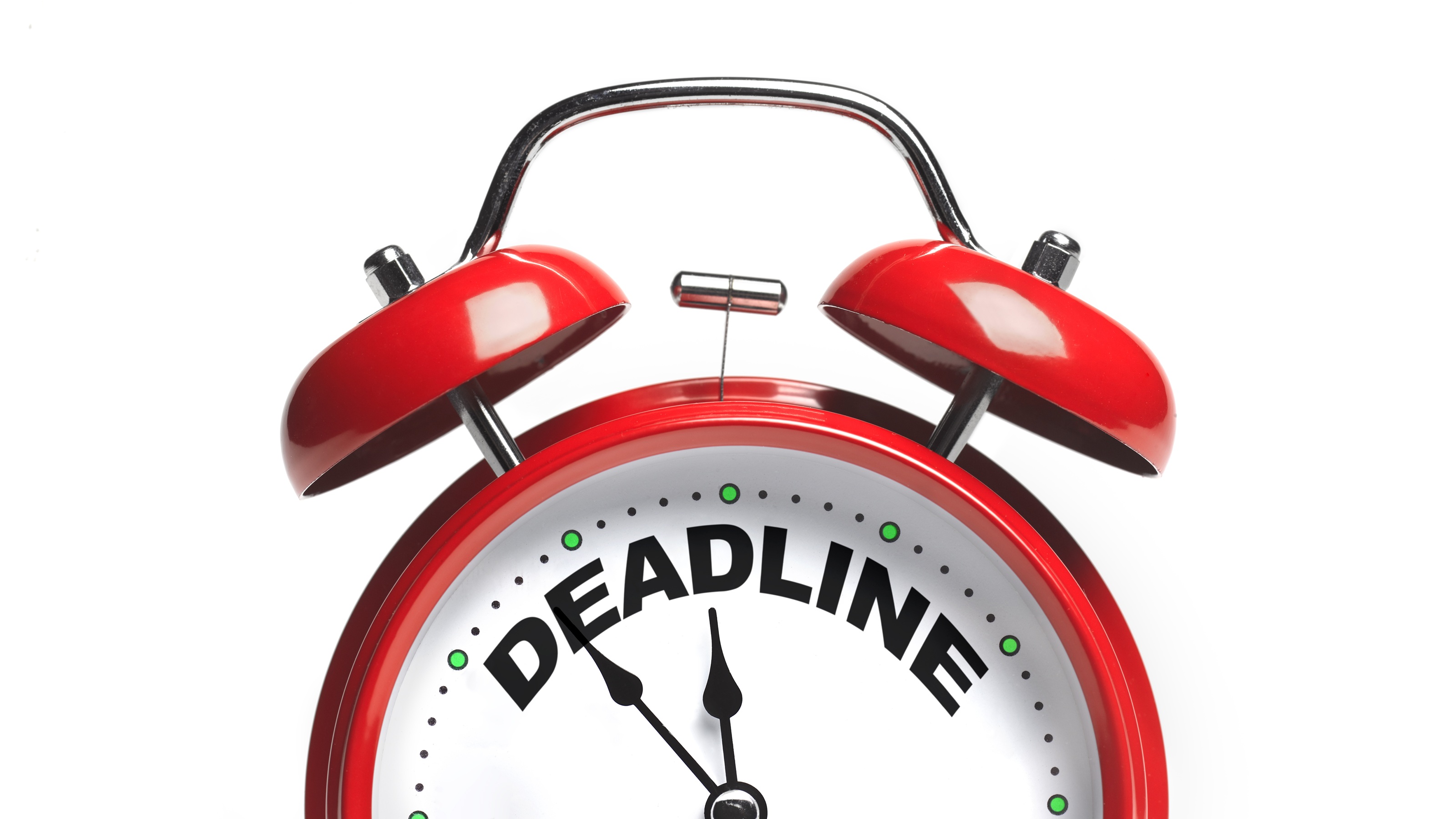 Time Is Running Out to Make the Best Tax Moves for 2025
Time Is Running Out to Make the Best Tax Moves for 2025Don't wait until January — investors, including those with a high net worth, can snag big tax savings for 2025 (and 2026) with these strategies.
-
 4 Smart Ways Retirees Can Give More to Charity, From a Financial Adviser
4 Smart Ways Retirees Can Give More to Charity, From a Financial AdviserFor retirees, tax efficiency and charitable giving should go hand in hand. After all, why not maximize your gifts and minimize the amount that goes to the IRS?
-
 I'm an Insurance Pro: If You Do One Boring Task Before the End of the Year, Make It This One (It Could Save You Thousands)
I'm an Insurance Pro: If You Do One Boring Task Before the End of the Year, Make It This One (It Could Save You Thousands)Who wants to check insurance policies when there's fun to be had? Still, making sure everything is up to date (coverage and deductibles) can save you a ton.
-
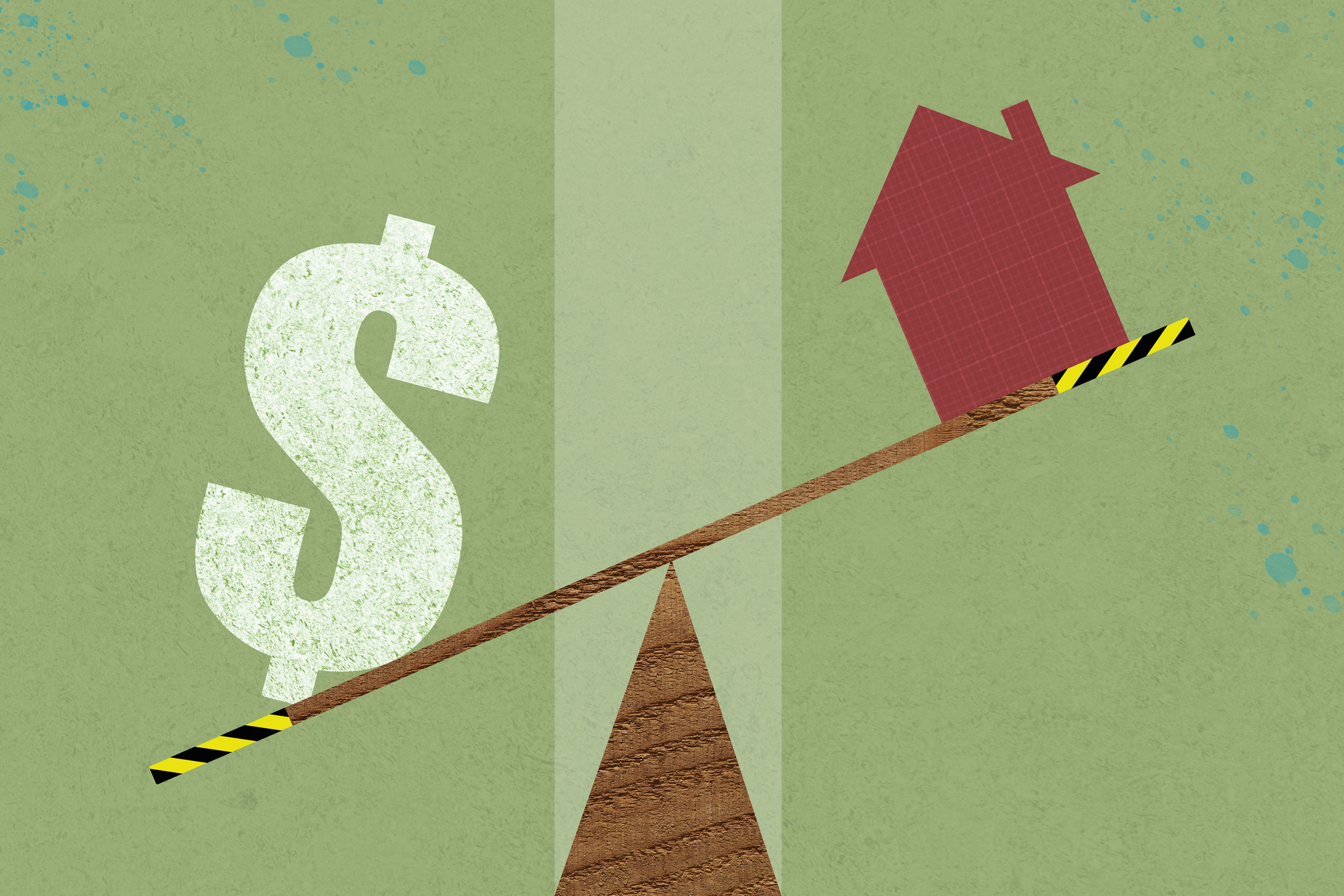 Should You Tap Your Home Equity Before 2026?
Should You Tap Your Home Equity Before 2026?As borrowing rates and tax law shifts converge, here's what homeowners need to know before pulling equity out of their home.
-
 'Politics' Is a Dirty Word for Some Financial Advisers: 3 Reasons This Financial Planner Vehemently Disagrees
'Politics' Is a Dirty Word for Some Financial Advisers: 3 Reasons This Financial Planner Vehemently DisagreesYour financial plan should be aligned with your values and your politics. If your adviser refuses to talk about them, it's time to go elsewhere.
-
 For a Move Abroad, Choosing a Fiduciary Financial Planner Who Sees Both Sides of the Border Is Critical
For a Move Abroad, Choosing a Fiduciary Financial Planner Who Sees Both Sides of the Border Is CriticalWorking with a cross-border financial planner is essential to integrate tax, estate and visa considerations and avoid costly, unexpected liabilities.
-
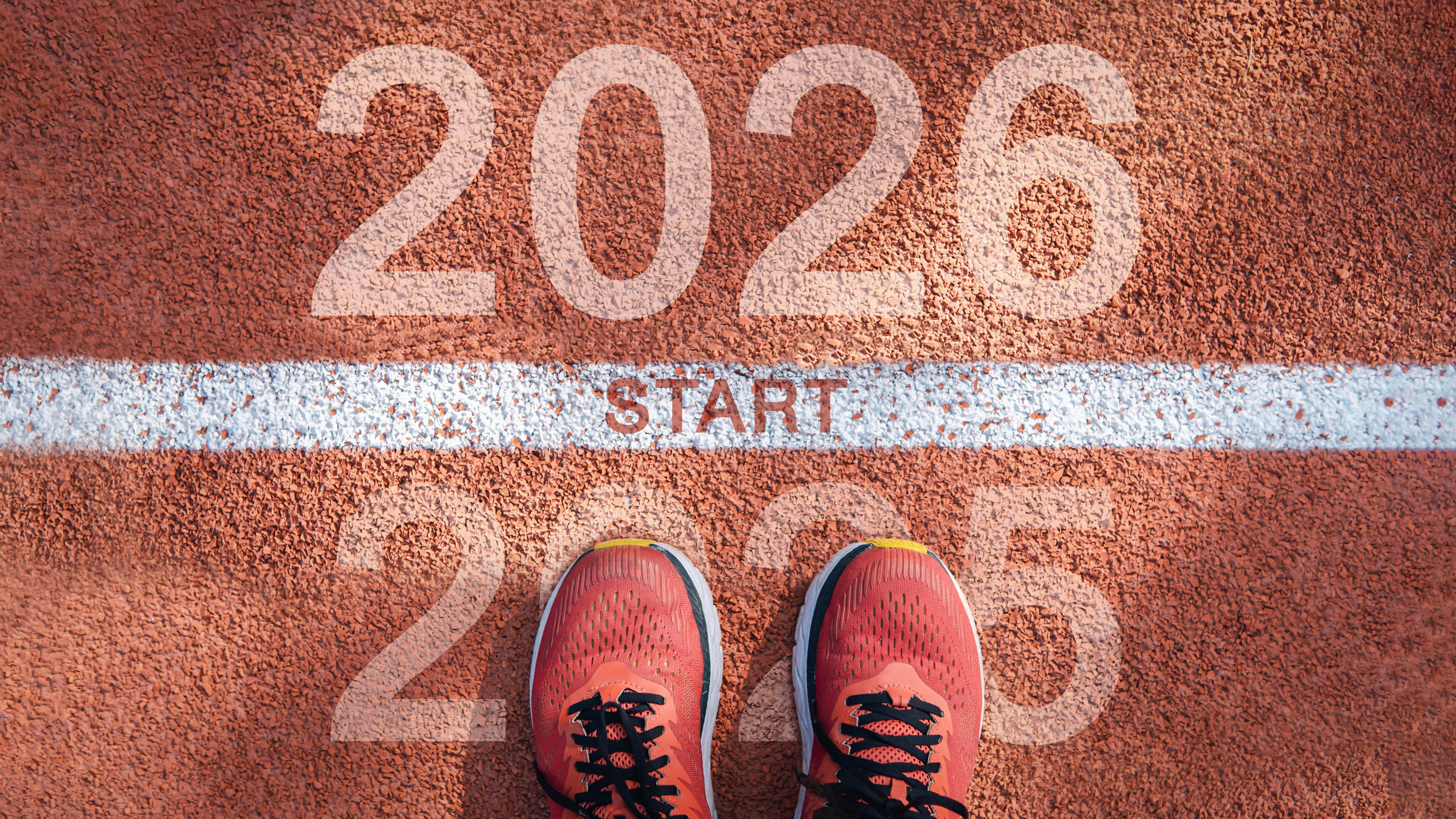 21 Money Moves Smart People Are Making Before 2026
21 Money Moves Smart People Are Making Before 2026These steps can help trim your tax bill, boost your savings, lower your health care costs and set you up for financial success in 2026.
-
 A Financial Adviser's Guide to Divorce Finalization: Tying Up the Loose Ends
A Financial Adviser's Guide to Divorce Finalization: Tying Up the Loose EndsAfter signing the divorce agreement, you'll need to tackle the administrative work that will allow you to start over.
-
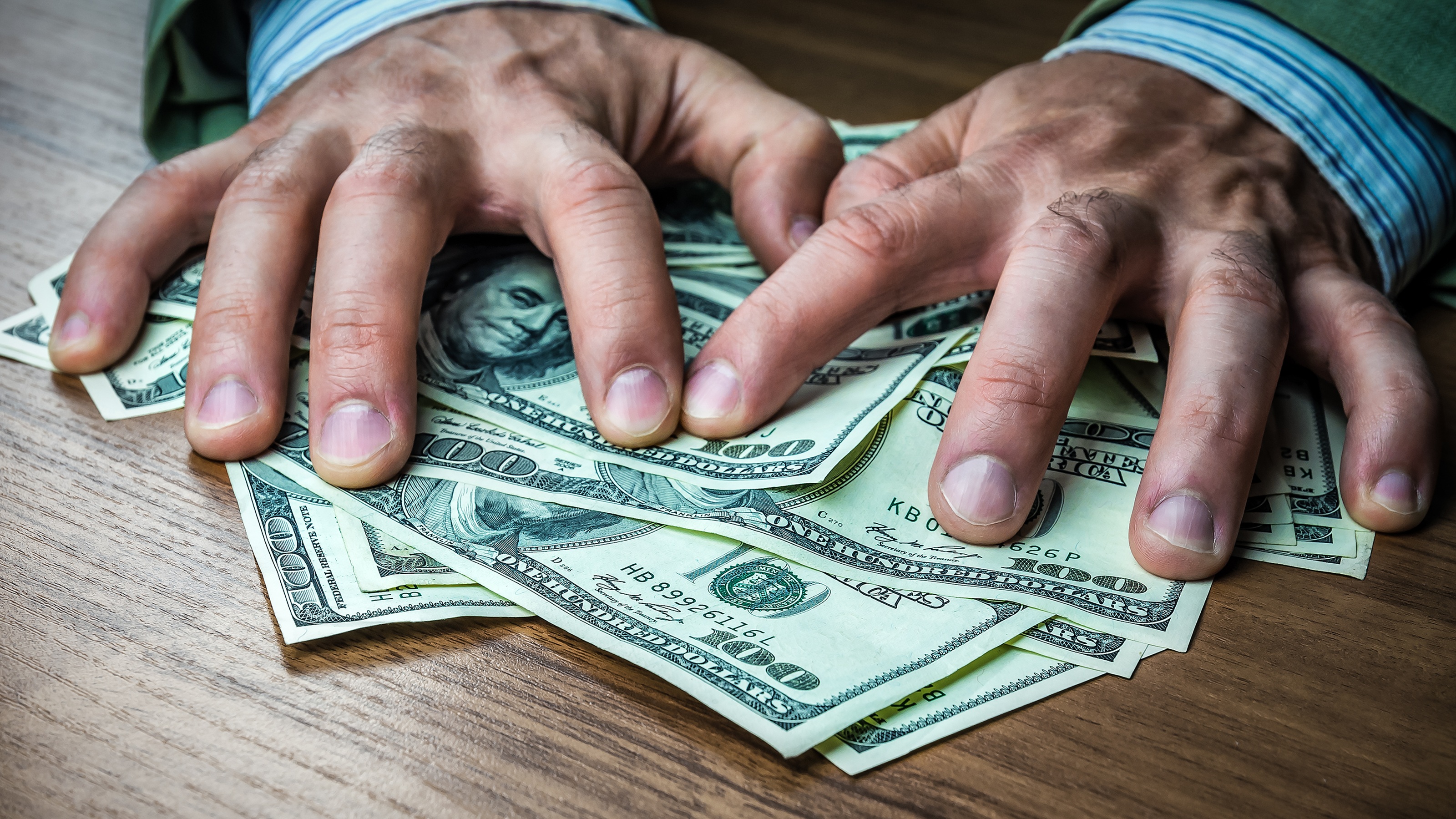 Uber Takes Aim at the Bottom Lines of Billboard Personal Injury Lawyers
Uber Takes Aim at the Bottom Lines of Billboard Personal Injury LawyersUber has filed lawsuits and proposed a ballot initiative, in California, to curb settlements it claims are falsely inflated by some personal injury lawyers.